How do stock levels affect Melbourne house prices?
Over the last year or so, a rare trend has emerged across the Melbourne real estate market – while the Median $ House Price continues to increase in most areas, the number of houses being sold has decreased significantly.
This is unusual. Looking at trends over the last 10, 20, and 30 years, house prices tend to move up or down in the same way as house sale volumes – when house prices increase, sales volumes tend to increase as well. And, conversely, house sales volumes typically decrease when prices flatten or decrease. This makes some sense, when thinking like a vendor. Wouldn’t you be more inclined to sell your property when prices are on the up?
The relationship between House Prices and Sales Volumes is illustrated in the following graphs, covering all the areas that Nelson Alexander operates: Banyule, Boroondara, Darebin, Melbourne, Moonee Valley, Moreland, and Yarra.
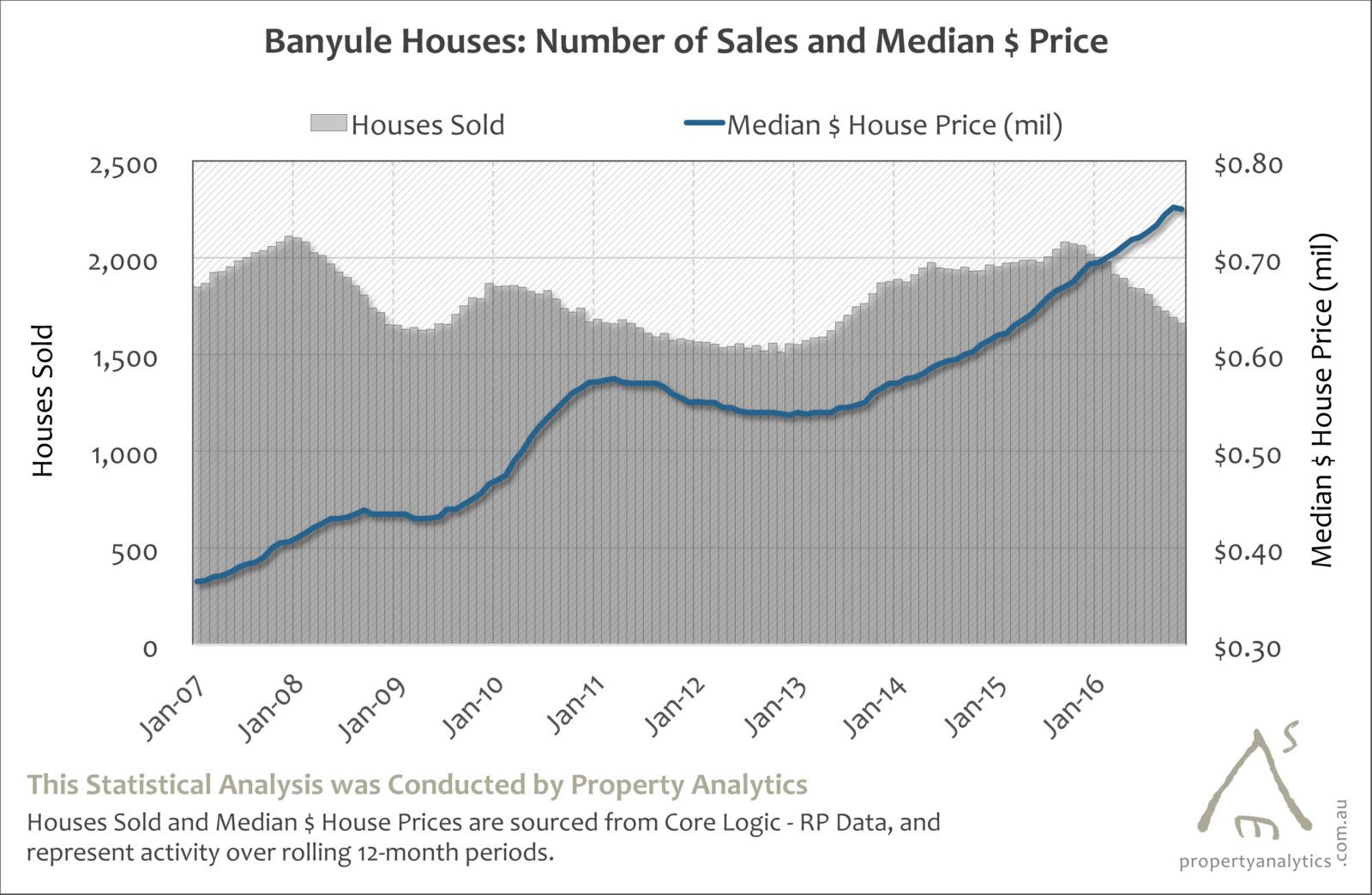
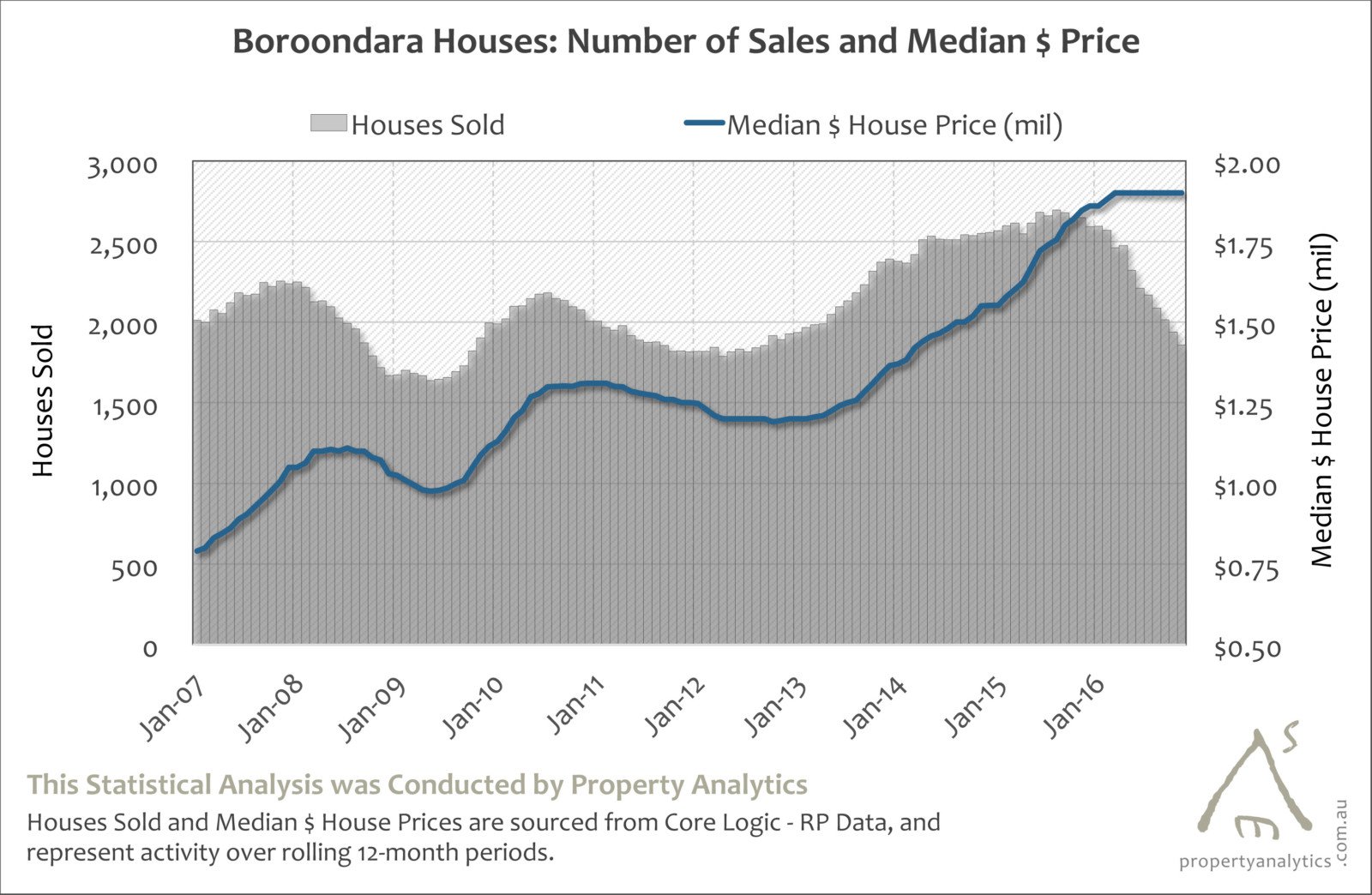
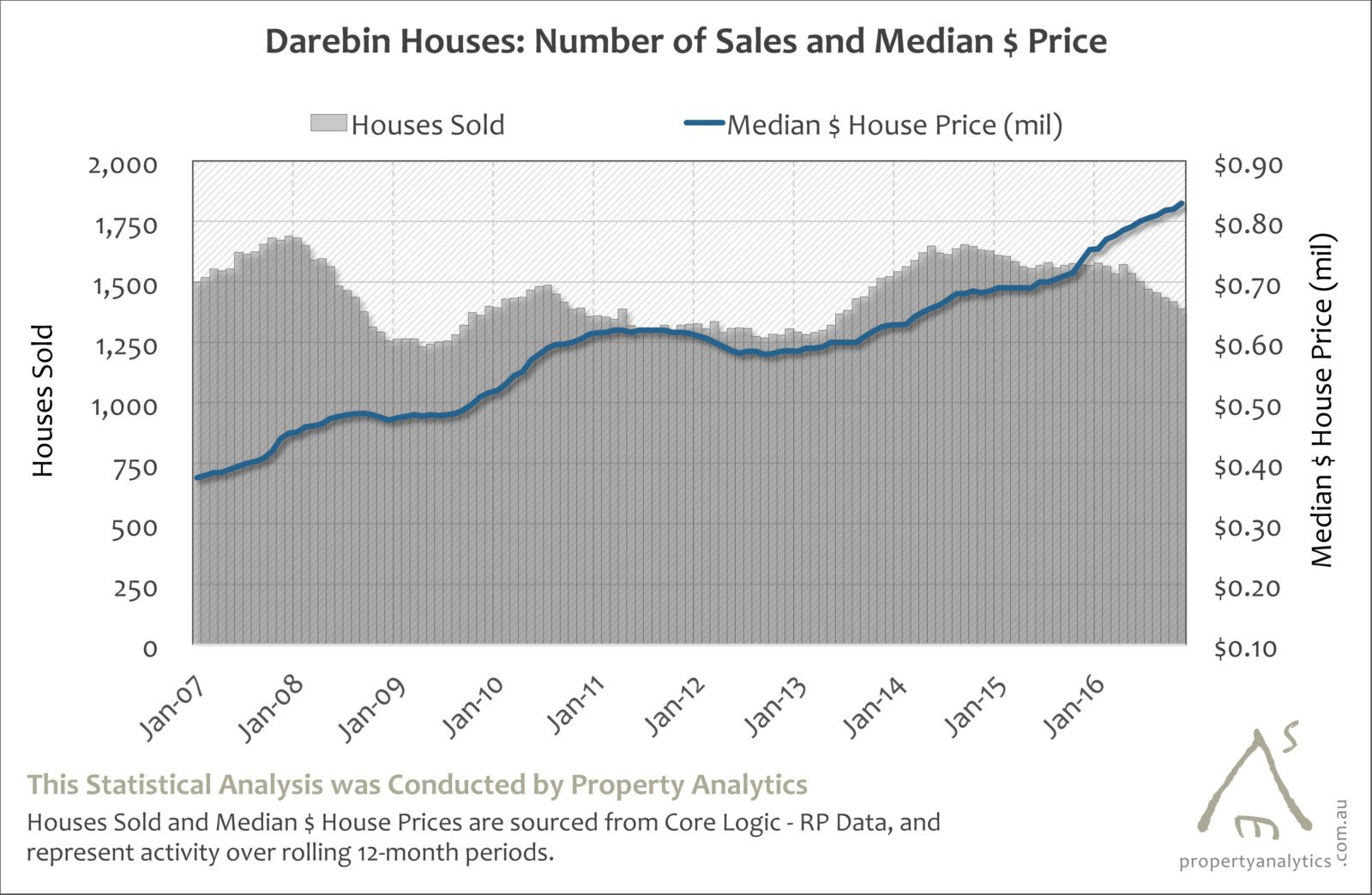
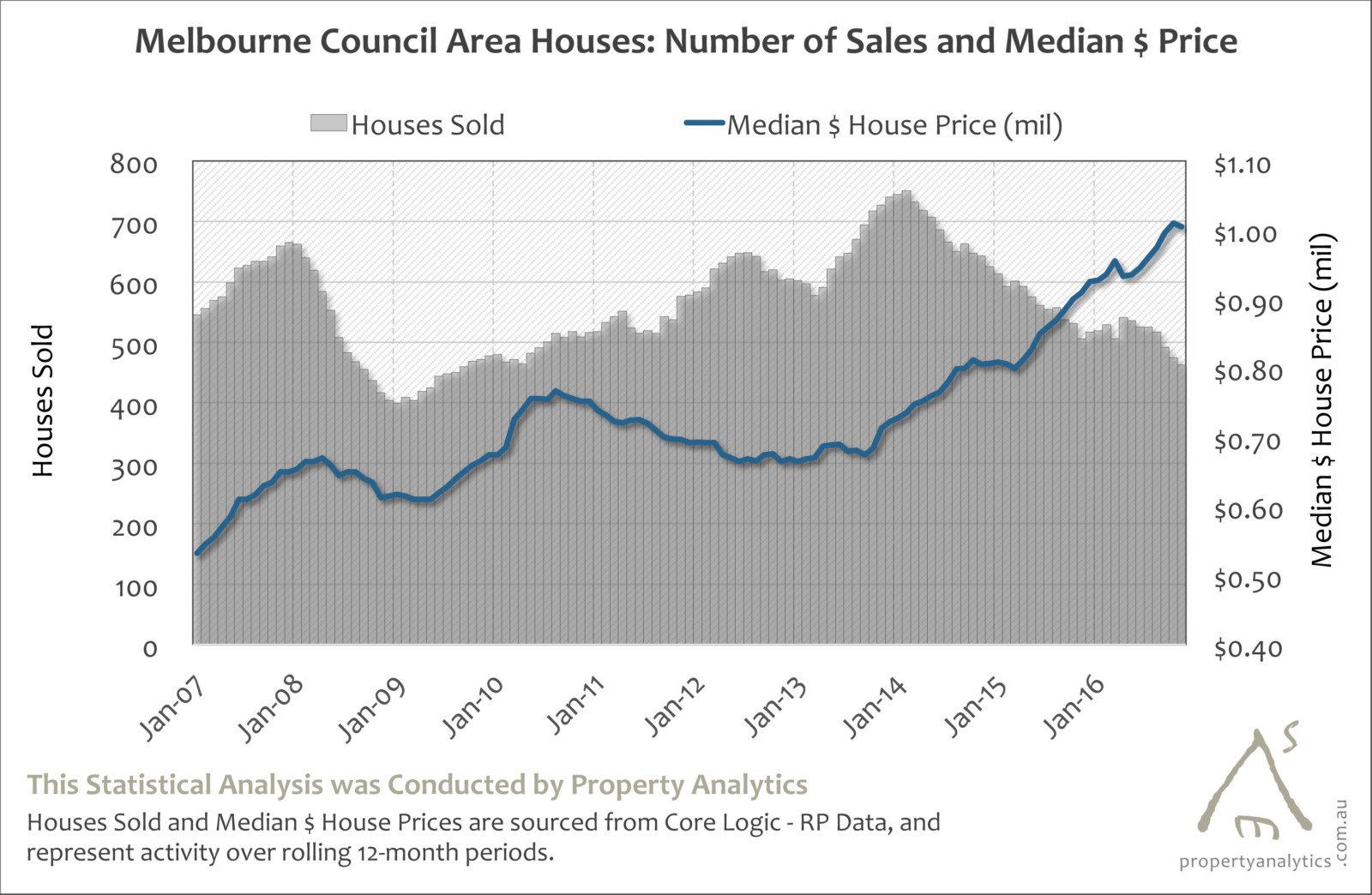
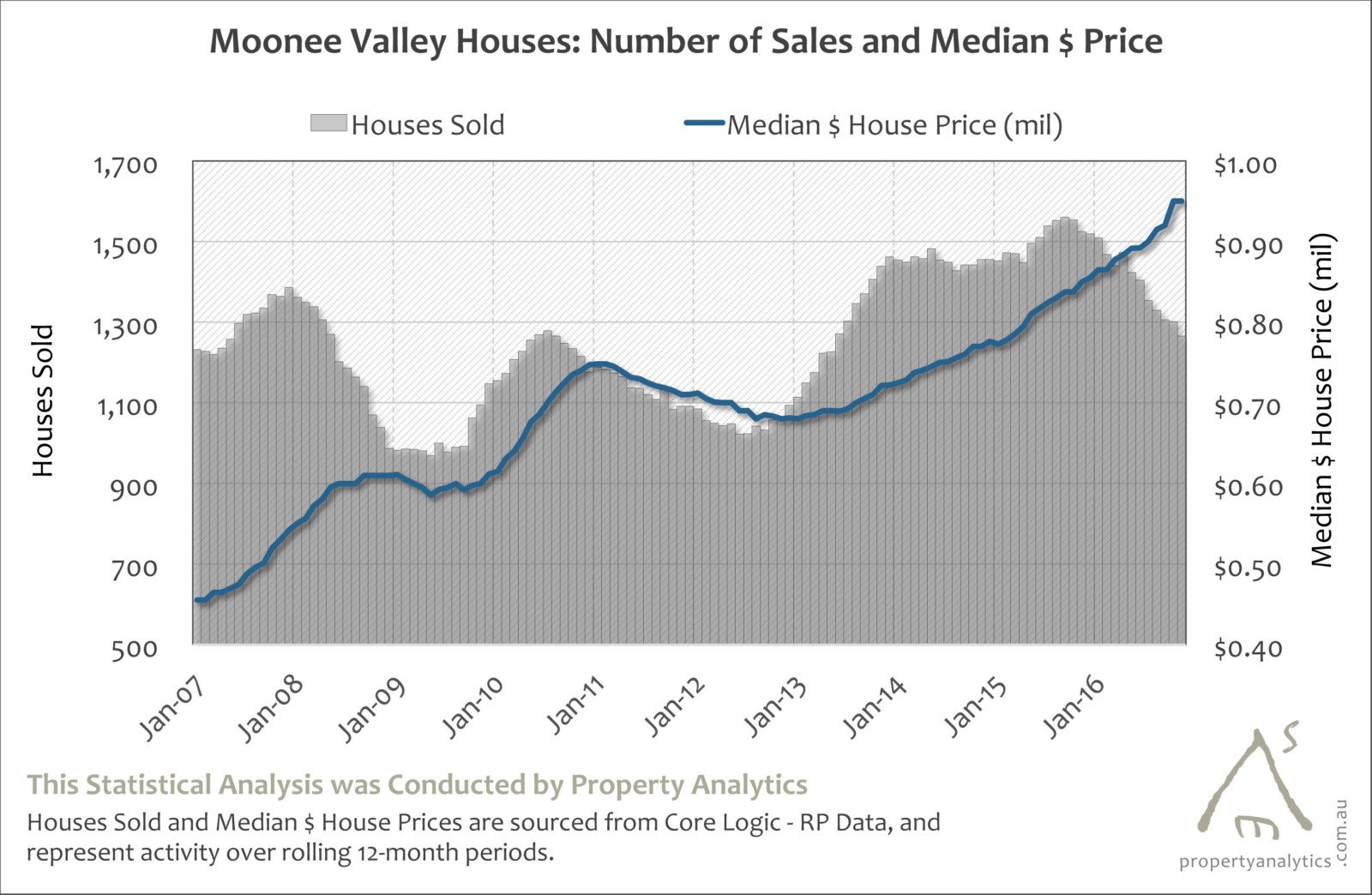
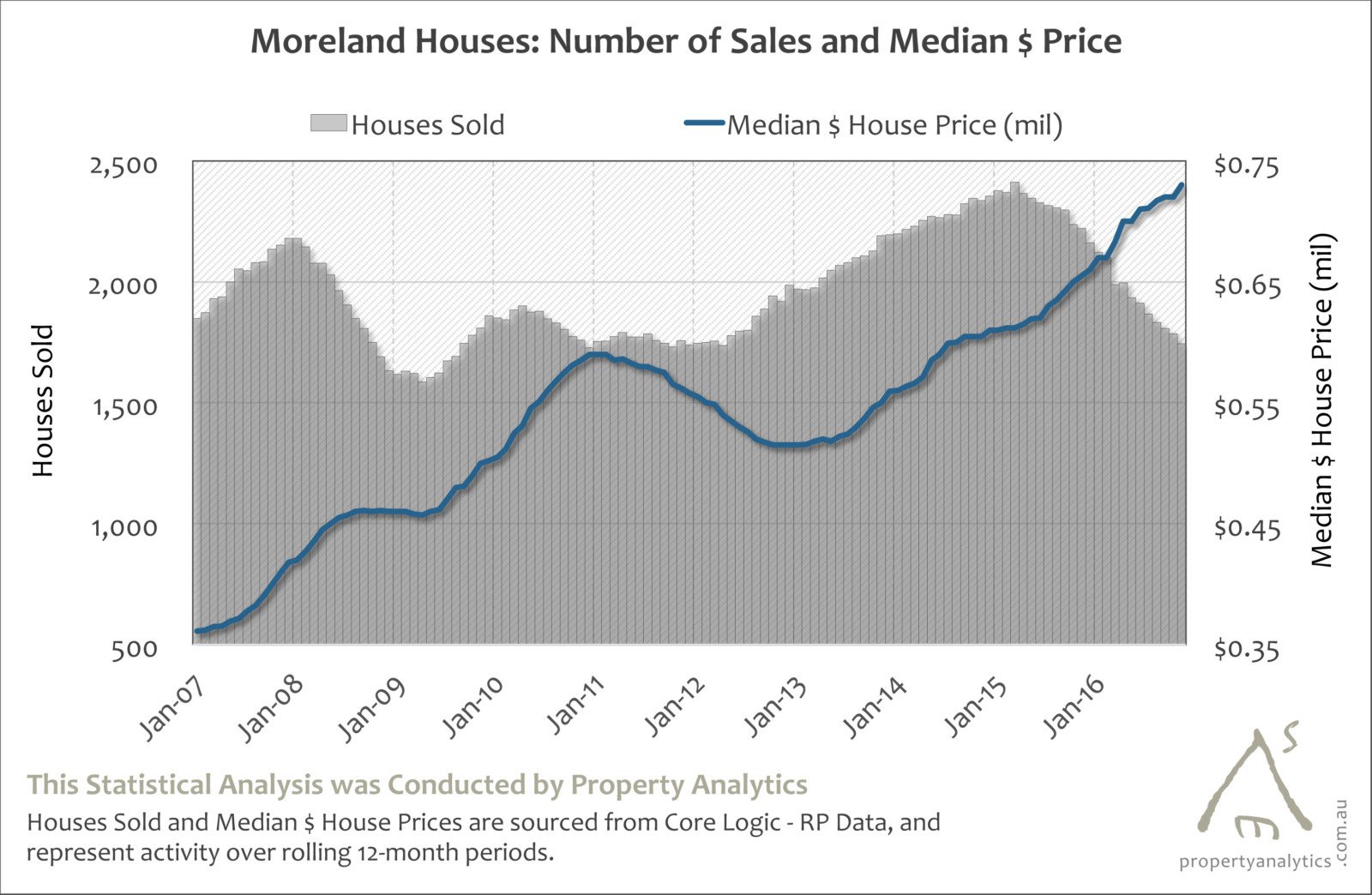
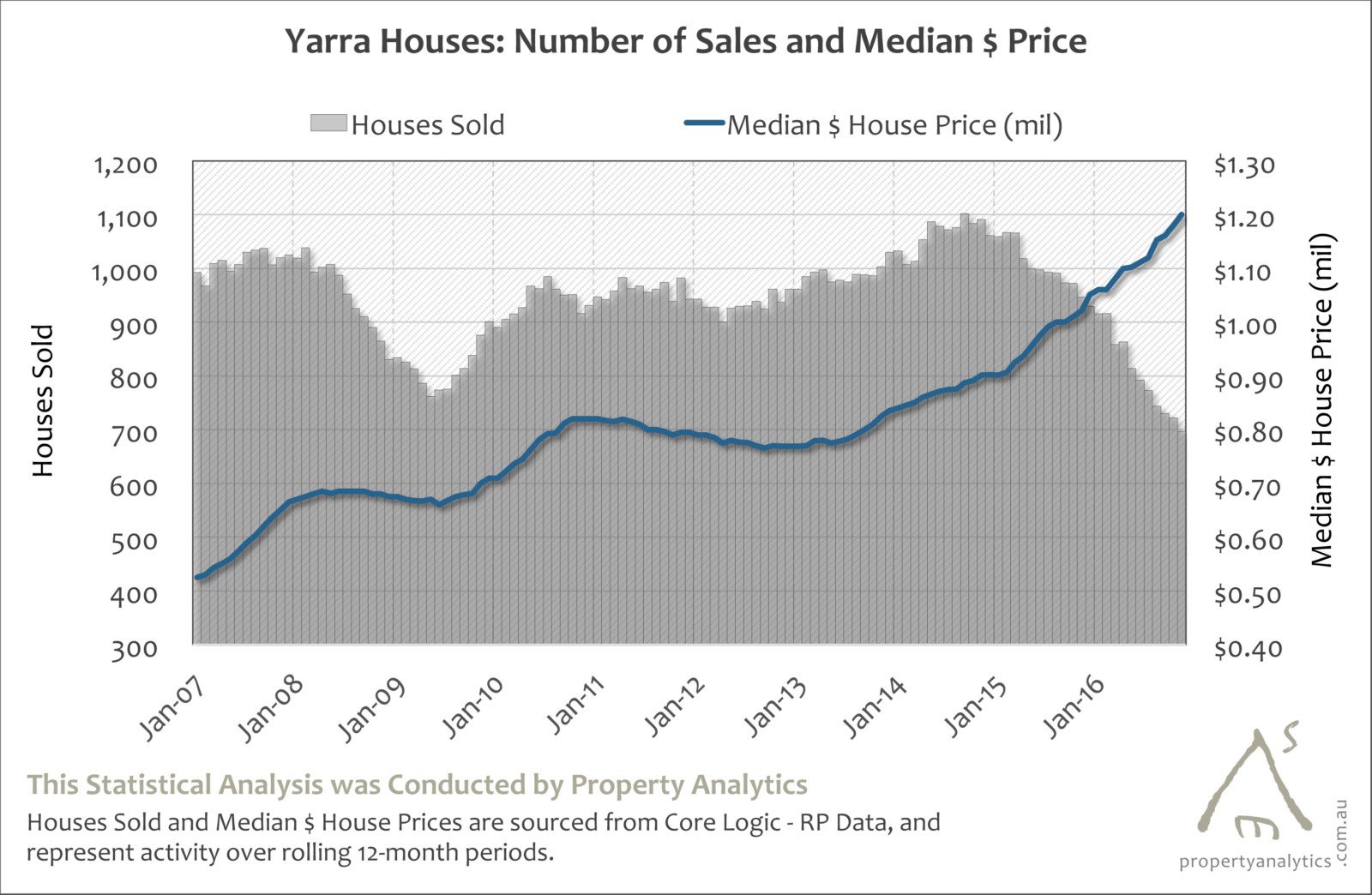
The blue Median $ House Price line generally moves in the same direction as the grey Houses Sold bars. That is up until a year or two ago, when the number of Houses Sold began to shrink and Prices continued their rise.
While this recent trend is unique, it can be easily explained… Most selling agents and market experts will tell you that demand for Houses remains strong among homebuyers, investors and foreign purchases. So, when fewer properties are available, competition between buyers for those properties becomes more intense. Auction Clearance Rates go up (close to 80% in recent weeks), and so do Prices.
Lower sales volumes aren’t cause for concern. In fact, across most areas, sales volumes in recent months are close to historical average (i.e. the number of sales in November 2016 weren’t drastically lower than the average from November 2007-2015). It’s the trend that is interesting, and the implications on vendors and buyers in today’s market.
For those people considering selling, where will they move? This conundrum is felt most acutely by older house owners who would like to down-size; many are reluctant to consider moving into an apartment (of which there are plenty to choose from!), and the idea of selling their long-term family home without first buying their future home is hugely troubling. Many potential vendors in this situation may simply wait for more stock to come onto the market, all the while taking advantage of the continued capital growth in their current house.
And, for those people who are actively trying to purchase a home, choices are limited. It’s rare to see an auction these days without multiple bidders. When 5 people bid for a property, 4 of them miss out. These ‘under-bidders’ must continue their search, and assuming what they’re looking for stays the same (e.g. 3bed/2bath on 600 m+) then they’re at risk of being priced out of the market.
With interest rates at record lows, demand from purchasers should remain strong, and house prices are likely to continue increasing. It’s been a seller’s market for a few years now in Melbourne, and with less choice available to buyers, we expect this will remain.
The obvious conclusion; it is a good time to sell when so few competing properties are on the market. And, if you’ve been looking for the right property for some time, but are yet to secure it, then it’s time to be decisive.
Provided by Property Analytics Australia

